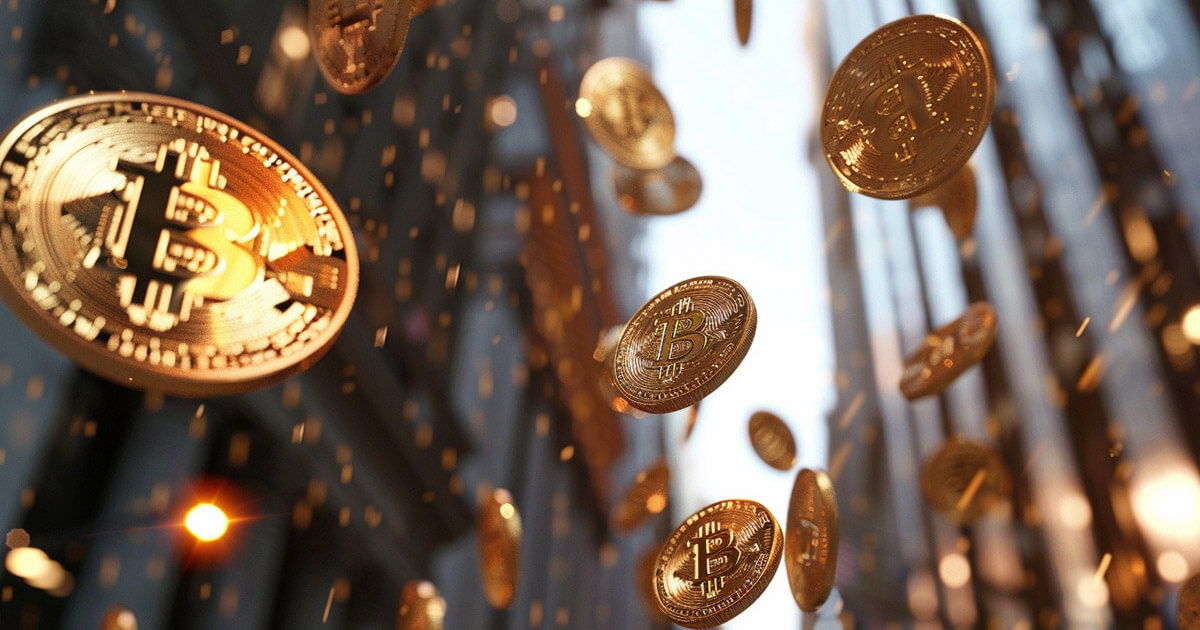Nigerian naira (USD/NGN) crashed, but a good pattern has formed
The Nigerian naira continued its strong sell-off this week as attention turned to the country’s central bank. The USD/NGN exchange rate was trading af 1,587 on Tuesday, its highest point since March 18th. It is also nearing its all-time high of 1,630.
CBN interest rate decision
The Central Bank of Nigeria will conclude its monetary policy meeting and deliver its interest rate decision on Tuesday.
Economists expect the bank to hike interest rates for the 13th straight meeting since 2022. In this period, rates have jumped from 11.50% to 26.25%, a record high. They expect another 50 basis point increase as the central bank continues to battle the stubbornly high inflation rate and a devalued currency.
The most recent economic data shows that the Nigerian inflation remains at an uncomfortable level. Data by the statistics agency showed that the headline inflation rose to 34.19% in June from 33.90% in May.
Nigeria’s inflation has been in a strong upside since April last year when it stood at 22.4%. The situation worsened when the new administration introduced shock therapy, sending millions of peple into deeper misery.
The shock therapy included devaluing the currency in a bid to close the gap between the official and the black-market rate. It also involved ending an expensive fuel subsidy that was costing the government billions of dollars each year.
Bola Tinubu has also slashed government spending by about a third, leading to more challenges. Still, analysts believe that these reforms will bear fruit over time, a move that will attract foreign investments.
However, the fundamental issues like corruption remain a thorn in the flesh in the country. Just recently, the poverty minister was suspended for diverting funds, an allegation she has rejected.
Foreign investors are afraid
The Nigerian naira has also plunged as foreign investors remain concerned about the country. Just a few years ago, millions of dollars were flowing to Nigeria, helping turn startups like Jumia, Paystack, Flutterwave, Konga, and Kuda Bank into behemoths.
Recent data showed that foreign investments in Nigeria crashed by 26.7% in 2023 to $3.97 billion. FDI has dropped by almost $20 billion in the last decade. While the numbers are stabilizing this year, they will take more time to recover.
Worse, many foreign companies that sought to take advantage of Nigeria’s big population, have left the country. Some of these companies are GlaxoSmithKline, Tiger Brands, Bayer, and P&G have closed shop and opted to bring their products from other countries.
At the same, actions by authorities to crack down on street forex trading, seems to have failed. Earlier this year, Tinubu’s administration slapped new conditions on companies operating bureau de change (BDC) and also banned street trading of foreign currency.
It increased the capital requirements for BDCs in a bid to increase the barriers to entry. These measures have helped to narrow the spread between the black market and the official exchange rate. Data shows that the black market rate was trading at 1,560 while the official rate stood at 1,587.
Federal Reserve actions
The Nigerian naira and other emerging market currencies could benefit from the actions by the Federal Reserve.
Most economists expect that the Fed will start cutting interest rates as soon as in September because of the worsening labor market. Recent data showed that the country’s unemployment rate rose to 4.1%, its highest level since 2021.
At the same time, the US inflation has drifted downwards in the past few months. Core inflation has moved from over 4.6% in January to 3.4%. Economists expect next Friday’s Personal Consumption Expenditure (PCE) data will show that the core figure dropped to 2.7% while the headline PCE fell to 2.4%.
Federal Reserve rate cuts could lead to interest in emerging market currencies as investors look for yields. Some of these currencies have already started to strengthen, with the South African rand rising by 8.3% from its lowest point last year. The Kenyan shilling has risen by over 20% in 2024, making it one of the best-performing currencies globally.
Still, analysts caution that the Nigerian naira recovery could take longer to happen even when the Fed cuts interest rates later this year.
USD/NGN technical analysis

Meanwhile, technically, there are signs that the USD to NGN exchange rate is in the process of forming a double-top chart pattern at 1,630. In most cases, this is one of the most bearish patterns in the financial market.
Therefore, there is a possibility that the pair will rise to 1,630 and then resume the downward trend. If this happens, the next level to watch will be its neckline at 1,135, its lowest point in April. However, a break above the double-top level will point to more Nigerian naira weakness.
The post Nigerian naira (USD/NGN) crashed, but a good pattern has formed appeared first on Invezz





